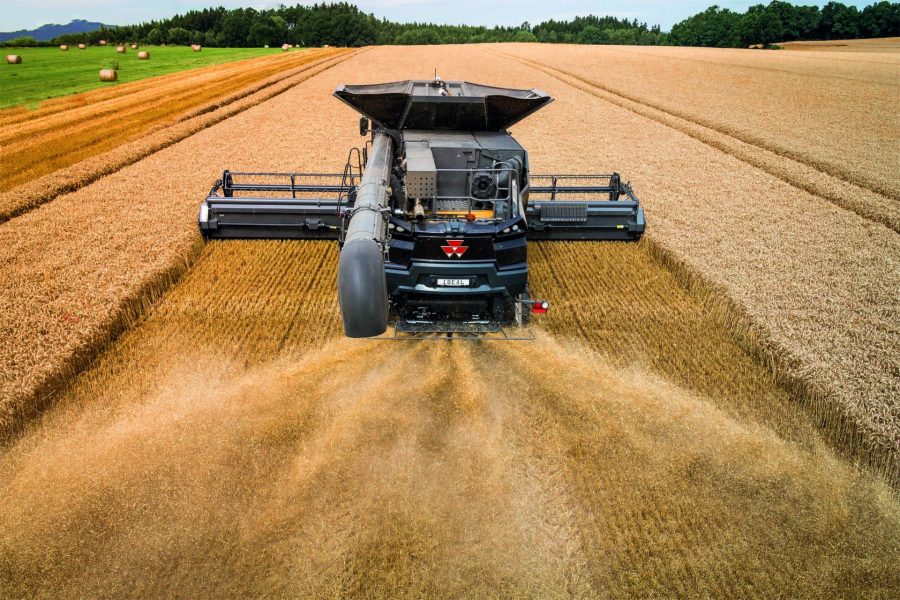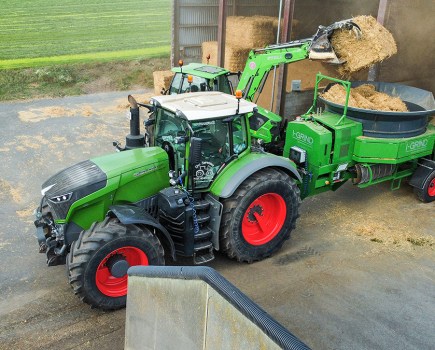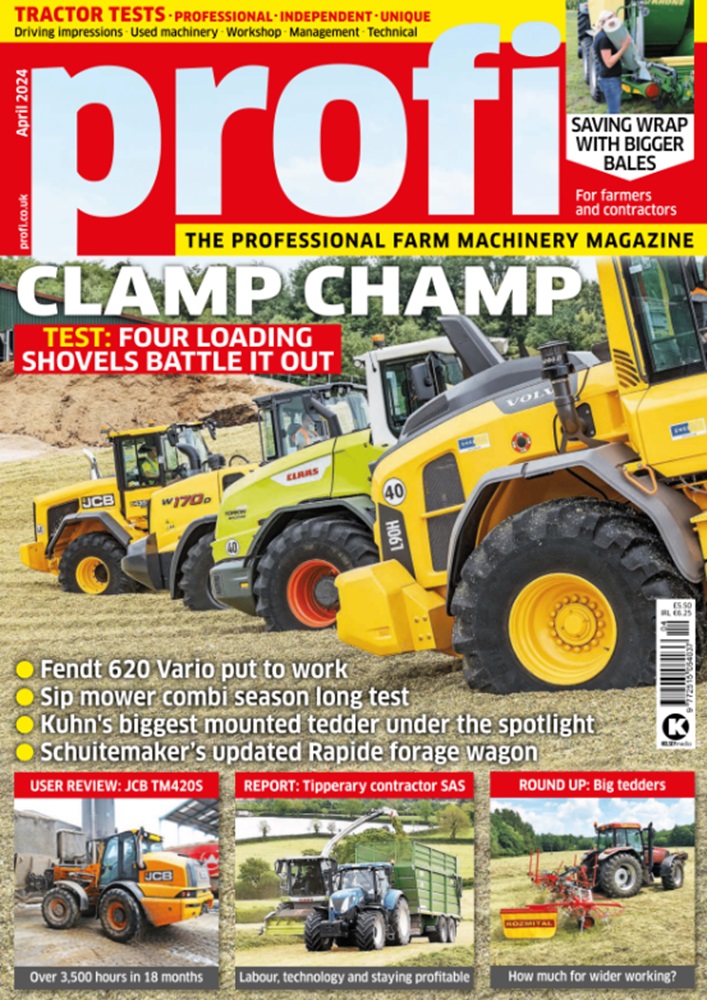AGCO is putting its money where its mouth is, spending over US$400 million on a new three-model range of combines designed to secure a larger share of the global market. We take a closer look at the details.
As a very rough guide, some 8,000 new ‘Western-style’ combines are sold annually in each of the four key markets (Europe, North America and South America and the rest of the world). The trend towards more powerful rotary machines is particularly noticeable in the UK, where 400hp+ (deemed Class Seven and above) harvesters continue to represent a larger slice of the 500-600 new combines sold each year, which up to now is a segment where AGCO has been lacking.
Martin Richenhagen has made no secret of plans to secure a 20% share of all the markets in which AGCO is active – including combines. We believe the US firm is around halfway to the target, and the largest and most expensive engineering project in the company’s history is designed to give it the other half. Over US$250 million were earmarked for the development costs alone of the new range of global platform flagship machines.
The starting point was an engineer’s dream – a blank sheet of paper. The Opus project, as it was known internally, kicked off in February 2011. The first year was spent talking to 60 combine owners and operators in 12 countries (including the UK) to find out what they were looking for. Dealer service and support headed the list, and on the product front the largest grain tank and fastest unloading rate were two priorities. So too were gentler grain and straw handling and more automatic adjustments and reduced maintenance.
Customers also asked for increased fuel efficiency, improved straw and grain quality, reduced soil compaction, and the dream combine had to come in an easy-to-use and easy to-transport road-legal package.
For more up-to-date farming news and reviews click here and subscribe now to profi for just £3.99 an issue.






